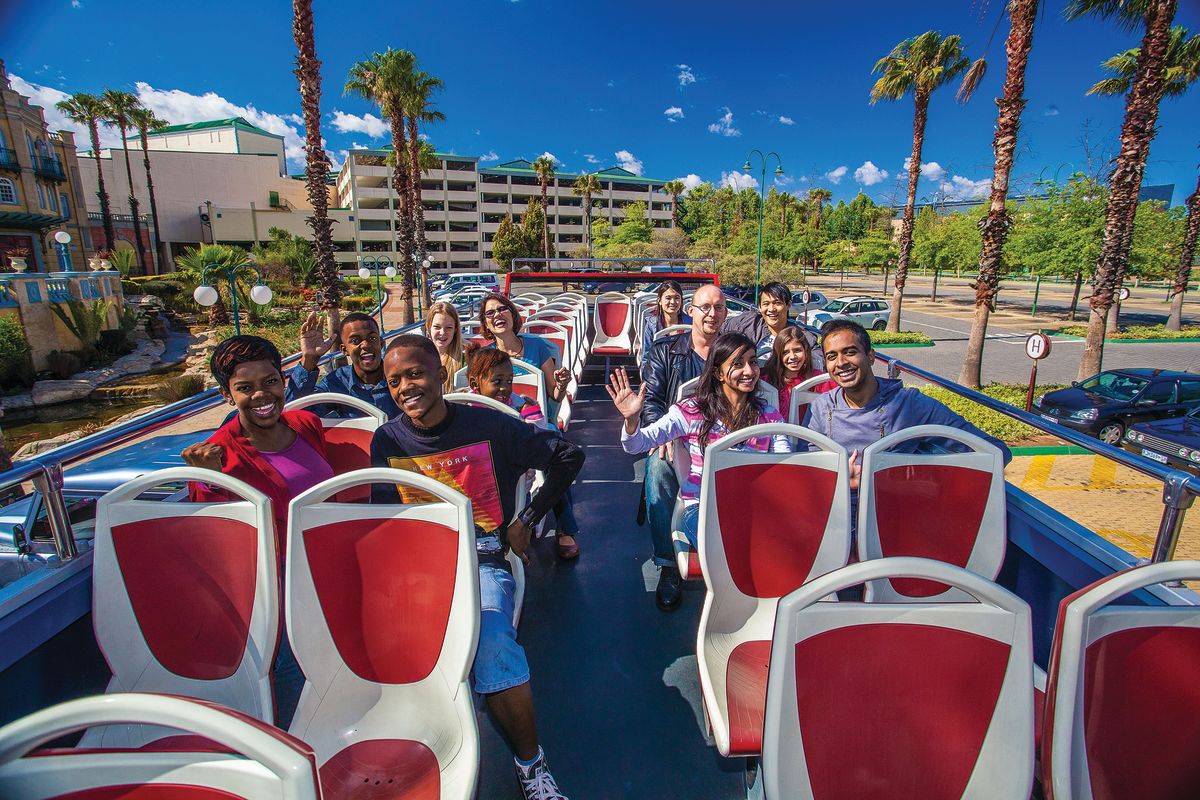The 2-Minute Rule for Johannesburg North Attractions
The 2-Minute Rule for Johannesburg North Attractions
Blog Article
Some Known Details About Johannesburg North Attractions
Table of ContentsTop Guidelines Of Johannesburg North AttractionsEverything about Johannesburg North AttractionsIndicators on Johannesburg North Attractions You Need To KnowThe smart Trick of Johannesburg North Attractions That Nobody is Talking AboutThe Buzz on Johannesburg North AttractionsThe Ultimate Guide To Johannesburg North Attractions
The city grew on the edge of the Witwatersrand Key Reef, a subterranean stratum of gold-bearing quartz-silica corporation that arcs for hundreds of miles beneath the Highveld - Johannesburg North attractions. Many of the gold mines in the city stopped operation in the 1970s, yet in its day the Witwatersrand gold industry accounted for more than 40 percent of the globe's yearly gold manufacturing.Johannesburg has a warm climate. The city takes pleasure in about 8 hours of sunshine per day in both winter season and summer season.
What rain the city gets drops nearly solely in the summertime, commonly in magnificent late-afternoon electrical storms. Air air pollution poses a considerable trouble, specifically in the cold weather, when thermal inversions hamper the westward flow of air from the Indian Sea. Air pollution is most severe in the densely resolved Black towns on the city's perimeter, where several residents still depend on coal for gas.

Some Of Johannesburg North Attractions
The balance of the city is occupied by whites. Lodging differs in character and top quality. Soweto is notorious for its limitless rows of municipally constructed, two-room matchbox homes, yet it likewise has a few flourishing enclaves in addition to teeming squatter camps, where 10s of thousands live without water, electrical power, or cleanliness centers.
Physical growth, although somewhat limited by transport, proceeded quickly as immigration to South Africa, and Johannesburg specifically, raised drastically. This trouble was solved in the 1930s when the vehicle was presented in automation to South Africa. Automobiles were, generally, restricted to the affluent, and allowed them to transfer to the north of the city and commute into the centre.
A lot of inadequate residential areas were mixed, with poor blacks and whites living with each other, although the wealthy suburban areas were generally scheduled for whites.
The previous system of eleven phoned number regions was reorganised in 2006. Marshalltown, as seen from the top of the Carlton Centre. The M1 and M2 run behind the structures, and the southern suburban areas prolong past the highway limit. The central city of Johannesburg lies within the city's Region F. The approximated population of the region is 200,000, [] yet the number of individuals living in the internal city on a casual basis is unknown, as lots of are illegal immigrants. A lot of higher-income residents and white people have actually relocated to the northern suburban areas and have been discover here replaced by lower-income black individuals. The joblessness, education, and age accounts of the location are all unidentified, because of the trouble of obtaining reliable information about the location.
Indicators on Johannesburg North Attractions You Should Know
Yeoville and Bellevue have a mix of home buildings and single household devices on small lots. The region lies on a mountainous divide that ranges from east to west. One of the most conspicuous geographic function is Observatory Ridge, which is called for the huge observatory located on it. The leisure areas are no longer used, as a result of protection troubles.

Johannesburg North Attractions for Beginners
The eastern residential areas are some of the earliest areas of Johannesburg, there are big areas of Jewish and other European histories, the majority of the population is English talking. There are three golf programs as well as a number of safeguarded ridges with viewsites.
Initially developed to house male migrant employees, lots of have been improved as houses for pairs and households. The suburb was not traditionally enabled to produce work centres within the location, so almost all of its citizens are travelers to other parts of the city.
The 8-Second Trick For Johannesburg North Attractions
The N1 Western Bypass links the north suburbs with the north-western suburbs. The houses in the northern suburban areas are primarily formal, without significant locations of casual housing, or real estate that lacks a long-term framework. Although this is a well-known location, there is pop over here a fad of land use modification from domestic to business, specifically along main arterial roads and around well established nodes.
Roadways to the east and west are much less well developed, as there are no freeways travelling in that direction. Towards the northern border of the city, the thickness of advancement reduces, leaving large areas of primitive land around Midrand.
The Only Guide to Johannesburg North Attractions
The first suburb to the north of the internal city is Parktown, which lies on a hill overlooking the central city and Hillbrow. It has lots of wealthy locals and Get More Information Edwardian-design estates, in addition to the Education and Medical universities of the University of the Witwatersrand. The huge concrete Charlotte Maxeke Johannesburg Academic Health Center dominates the skyline of Parktown.
Report this page